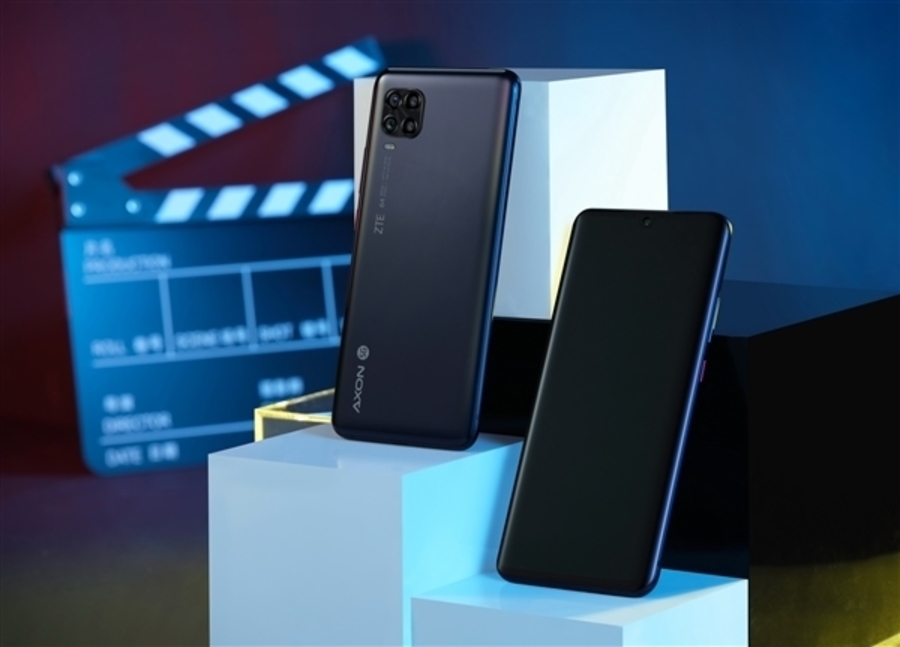Nokia 8 Dual sim smartphone - advantages and disadvantages
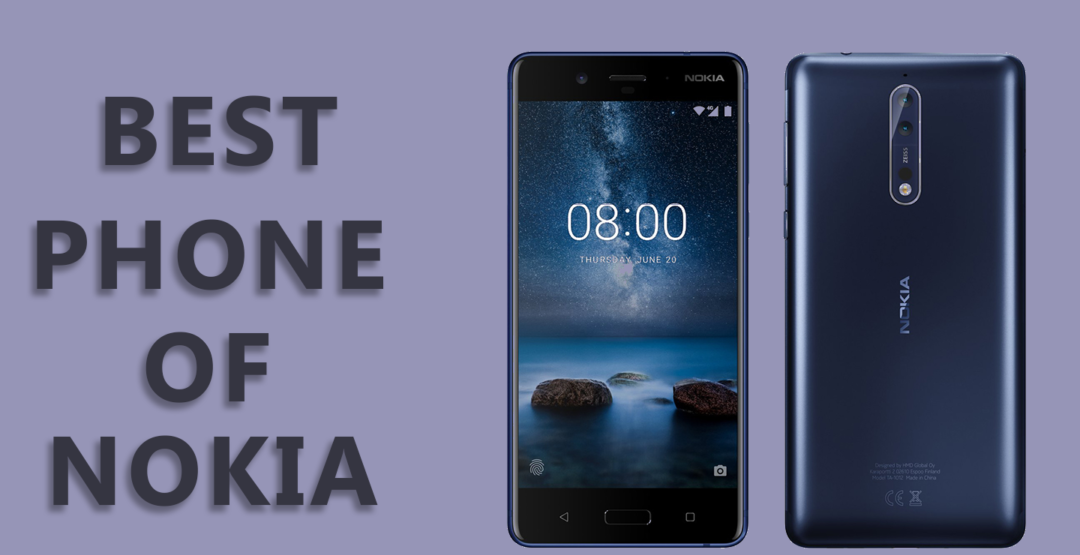
Nowadays, choosing a phone is a rather important stage. This is understandable, because this is the thing with which we spend most of our free time. In the course of digital battles, some popular models are replaced by others, more advanced and modern. It is for this reason that manufacturers are trying to produce smartphones that would meet all the whims of the future buyer. One of such manufacturers is Nokia, which has been a leader in the rating of quality manufacturers for many years. After a short "vacation", she released a smartphone called Nokia 8 Dual sim, the advantages and disadvantages of which will be described in this article.
Specifications and equipment
Basic configuration
- Smartphone;
- Instruction;
- Charger;
- USB cable (cord length 1 meter);
- Headphones with microphone;
Specifications
- OS: Android (Nougat) version 7.1.1;
- Sheath: no;
- Processor: Snapdragon 835, 8 cores: 4x1.9 GHz + 4x2.45 GHz;
- Video chip: Adreno 540;
- RAM: 4 GB LPDDR3 type;
- Built-in memory: 64 GB;
- Autofocus: present;
- Battery: 3090 mAh, non-removable;
- Body materials: aluminum;
- Rear camera: 13 MP (f / 2.0) + 13 MP (f / 2.0), optical stabilization;
- Front camera: 13 MP (f / 2.0);
- Radio: absent;
- NFC: present;
- Wi-Fi: 802.11 a / b / g / n / ac;
- Navigation: GPS, GLONASS;
- Memory cards: microSD up to 256 GB;
- SIM cards: Nano-SIM + Nano-SIM / microSD;
- Weight: 160 grams;
- Dimensions: 151.5x73.7x7.9;
- Diagonal: 5.3 inches;
External design
The smartphone can be painted in the following colors: gray, blue, glossy, orange.
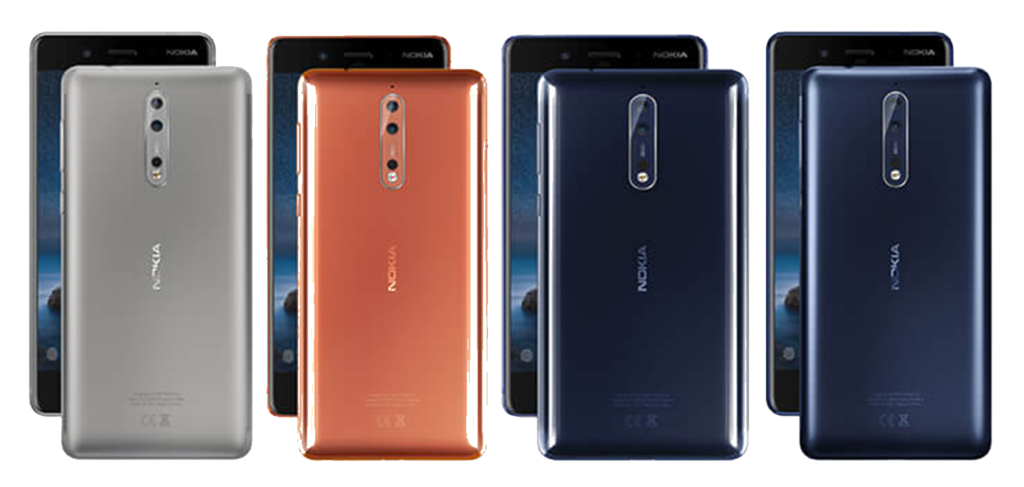
Externally, the design of Nokia 8 is not much different from the predecessors of this series. The body is made from a single piece of aluminum. The edges of the phone itself are rounded, which in combination with the 2.5D glass looks harmonious.
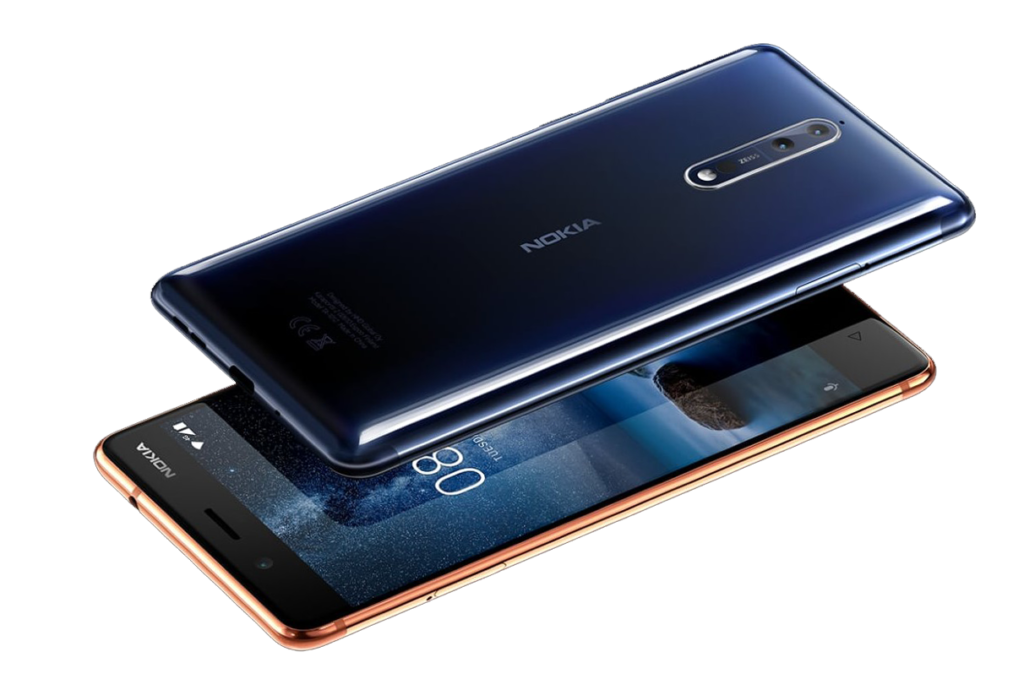
Above (the front of the smartphone) there is an earpiece, to the right of which there is an inscription "Nokia". A front camera is installed just to the left of the speaker. Under the display is a fingerprint scanner, "surrounded" by two touch buttons that are responsible for navigation. The screen itself has Gorilla Glass 5 protective glass, which saves it from bumps and scratches.
On the back of the smartphone there is an "island" in which a dual camera is installed and a dual flash. Slightly above the island is an infrared sensor, and the emptiness of the central part is brightened up by the company logo.
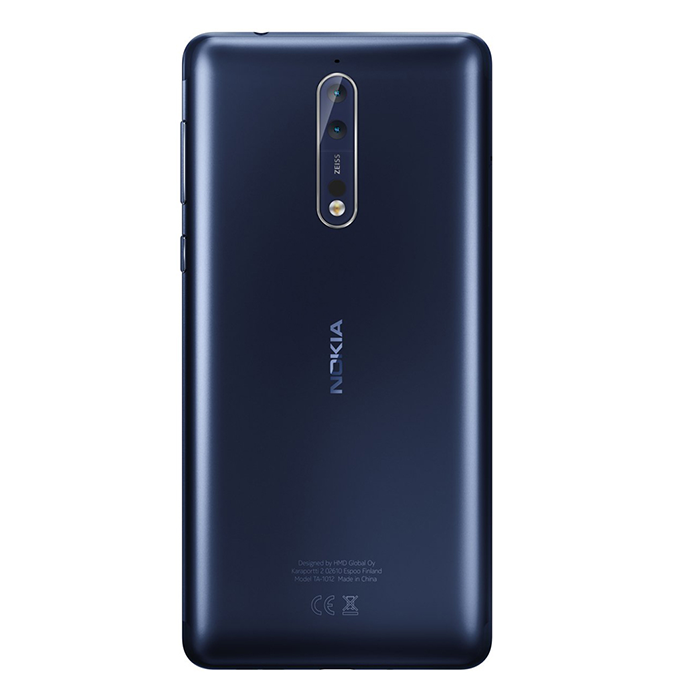
A 3.5 mm headphone jack is located at the top of the smartphone. On the right side, there are two single mechanical buttons: volume control and screen lock / unlock. On the left side there are slots for a SIM card or microSD. At the bottom there is a spoken microphone, speaker and USB Type-C connector.
Main characteristics
Filling
The smartphone is powered by an eight-core Snapdragon 835 processor. The processor is more than enough for highly demanding tasks or applications.It runs the latest games of 2018 perfectly. In addition to the "smart" processor, the device has 64 GB of permanent memory and 4 GB of RAM. It should be noted that the gadget is manufactured with only one memory option. If the amount of memory is not enough, then it can always be increased using microSD cards. The phone is equipped with a powerful graphics accelerator Adreno 540. There is no point in talking about Benchmark performance. Since the smartphone must be tested for performance in real applications, and not in synthetic tests.
Autonomy
Nokia 8 has good battery life. The smartphone, which has only 3090 mAh, is able to hold on as well, if not longer than smartphones, which have a built-in battery with a capacity of 4000 milliampere hours. This is despite the fact that the phone has an IPS matrix. The device itself is capable of working up to 24 hours in active mode or 15 days in standby mode. This autonomy is due to good optimization and a clean OS. The smartphone also has Quick Charge 3.0 fast charging technology, which allows the phone to charge in just 2 hours.
Display and ergonomics
The screen is not a shovel, only 5.3 inches. It has an IPS matrix, and the density of dots per inch, with a resolution of 2560 × 1440 pixels, is 554 ppi. Although this is not a Super AMOLED matrix, nevertheless the picture is not bad. The screen is rich and bright, showing a clear picture even when the phone is in the sun. The white and color balance is well adjusted. The screen is great for watching videos or reading because of its high resolution.
In general, there is nothing to complain about.
The smartphone slips slightly, which causes some difficulties during long-term use without a case. But, despite the slippery coating, it fits comfortably in the hand, this is due to the rounded edges and the presence of 2.5D glass, which completely frames the entire screen. It is convenient to use the smartphone even with one hand, you do not have to constantly shift the phone to the other hand.
Cameras
The phone has 3 cameras. One is on the front panel, and the remaining two are located on the back of the smartphone and form a dual photo module. The main camera is capable of recording video in 4K. The cameras have high functionality and support all the newfangled trends of 2018. For example, Nokia 8 has a slow motion video recording option. The effect does not look "crooked", which is pleasantly surprising. In addition to the Slow-Mo effect, the main camera is capable of Time-Lapse recording. All cameras show good results in both day and night shooting. Here's an example of how the camera takes pictures at night:
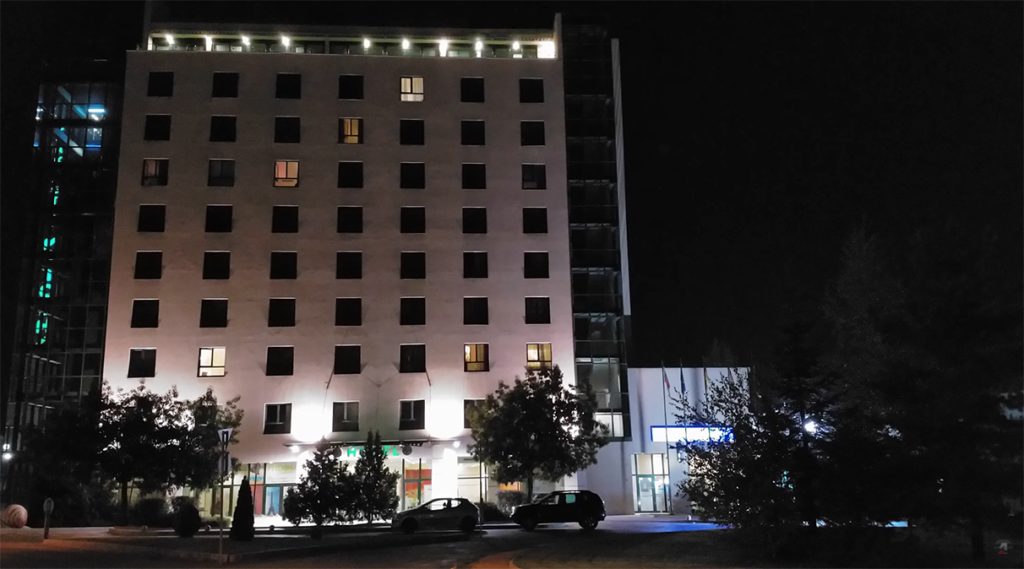
The camera was shooting using standard parameters, however, the picture turned out to be sharp and bright. Speaking of the parameters, the phone comes with a standard camera application, which has an uncomfortable interface. To set the desired value, you will need to perform a large number of actions, which is sometimes annoying. If there is no need to set the settings manually, then you can use the automatic parameter setting. The shots will not turn out "perfect", nevertheless, quite suitable.
And here's how to take a photo in cloudy weather:

The shot is not the best, but the main point is clear. You shouldn't think that the camera takes pictures with low saturation, it completely rendered all the colors, it's just the weather.
Here's an example of a photo in bright light:
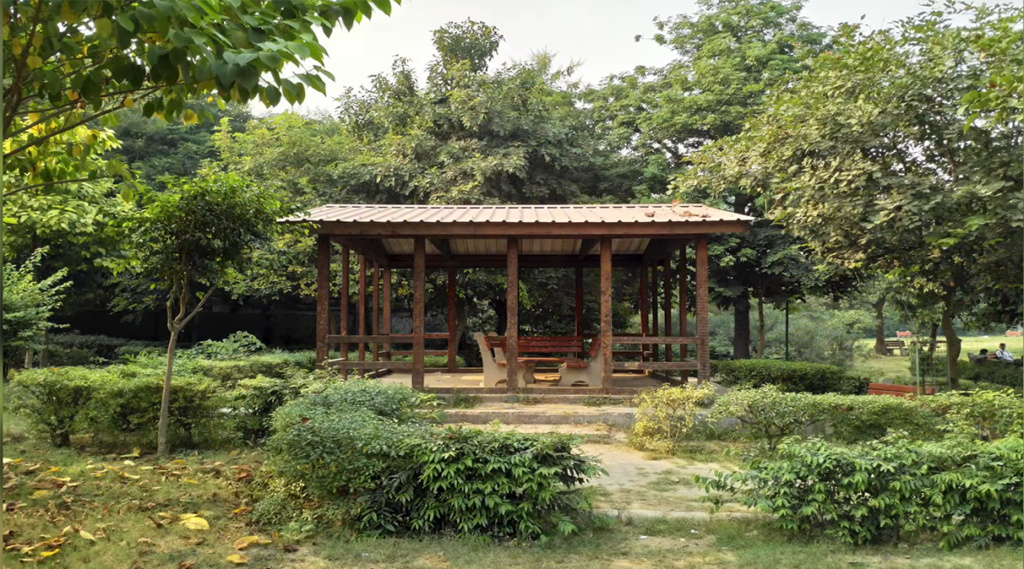
Parallel recording is the main feature of this smartphone. When recording in parallel, the image is captured from two cameras at once (main and front). This mode is useful for newfangled bloggers who often broadcast on Instagram or periscope. This function can be adjusted in the settings of the phone itself. If we talk about other flagships, then few people have implemented such a recording method. So this function can be safely called a "feature" of Nokia 8.
Sound and sound recording
The smartphone has only one speaker, so the sound is one-channel. The sound is not the best, however it cannot be said that it is bad.Also, perhaps, it is worth mentioning the good vacuum headphones that come with the phone. The sound in them is of high quality and without noise. It is unlikely that they can be put on a par with expensive headphones, nevertheless they are very good, especially when you consider that they are simply included in the list of accessories.
Nokia 8 has another great skill, namely surround sound recording. The device has as many as 3 microphones. The smartphone is able to tune in to a specific sound source, processing it in such a way that, after compiling into one audio file, the sound is three-dimensional.
Advantages and disadvantages
- Completely "naked" android without a shell;
- Parallel video recording from different cameras;
- Surround sound recording;
- Powerful processor;
- Good battery life
- Slippery body;
- Inconvenient camera application;
- Lack of FM radio;
Answers to the main questions

How much is?
At the start of sales, Nokia 8 could be purchased at a price of $ 600, in rubles it is 39990, and in tenge 214332. Such a price can hardly be attributed to budget smartphones. But a year later, its price dropped significantly. Here is the average price of a phone in 2018: 27,000 rubles or $ 405. On the territory of Kazakhstan, the average price is 146,000 tenge. This is not to say that the phone is overpriced, even considering its original cost. Yes, it is definitely inferior to the new products of 2018, but do not forget that the phone was released in 2017.
Where is it profitable to buy?
Choosing a smartphone is not an easy process. You should carefully study the technical characteristics, as well as analyze the mass of purchase options. To facilitate this complex process, you need to determine the main priorities and answer one important question. What is more important, price or reliability?
If the choice fell on a low price, then you should consider purchasing through an online store. The main problem with this method is the seller's unreliability. Especially if it is not a popular online store, the credibility of which is in doubt.
The second problem is delivery. Sometimes, delivery companies are pleasantly surprised by the reliability and degree of protection of the packaging. But there are also cases when the goods are simply broken during transportation. It is unlikely that you will be able to save on delivery. Better to spend the extra 1000 rubles and be sure that the order will arrive safe and sound.
A safer purchase option is your local specialty store. No difficulties. It is understandable, because you just need to come and give money for the purchase. It also becomes possible to inspect the goods on the spot and make sure there are no defects. If the product suddenly becomes faulty, then it can be replaced.
How to choose the right phone?
When choosing a smartphone, there are many aspects to consider. First of all, you need to build on your personal needs and determine what exactly the purchase is for. You shouldn't buy a phone with a top-end camera if it will be used for active games most of the time. Here are the selection criteria from which to build on:
- Processor and video accelerator (If you need a high level of performance in games);
- RAM (If you need to run multiple applications at the same time);
- Aperture and number of megapixels (If you need to take high-quality pictures);
- Display (If the phone is used to watch videos or read books).
If the phone is not required to perform resource-intensive tasks, then you should pay attention to budget phones. Nowadays, even an inexpensive "china phone" is able to cope with complex tasks. You shouldn't pay for expensive flagships if the phone is required to perform standard functions: watching video, reading text, listening to music. It is better to get an inexpensive smartphone that will satisfy your requirements than to spend most of your salary on an expensive flagship.
You should also pay special attention to reviews.There is no need to make decisive conclusions after reading one review, it is better to analyze a large amount of material, since the Internet is filled with a lot of information on any topic. When purchasing a device in a store (not an online store), you can ask a sales assistant. But here you need to be careful, since they have only one goal - to sell. In any case, you should be critical of any information and not fall for the tricks of marketers.
Recently, you can see the trend of embedding all possible functions in one smartphone. The best manufacturers strive to turn the phone into a device that can perform many functions at a high level. Nokia 8 has created such a device. A phone that has a full-fledged high-resolution video camera that records surround sound and plays highly demanding games at the same time clearly deserves the attention of the buyer.
new entries
Categories
Useful
Popular articles
-

Top rating of the best and inexpensive scooters up to 50 cubic meters in 2020
Views: 97661 -

Rating of the best materials for noise insulation for an apartment in 2020
Views: 95022 -

Rating of cheap analogues of expensive medicines for flu and colds for 2020
Views: 91751 -

The best men's running shoes in 2020
Views: 87681 -

Top ranking of the best smartwatches 2020 - price-quality
Views: 85091 -

Best Complex Vitamins in 2020
Views: 84801 -

The best dye for gray hair - 2020 top ranking
Views: 82406 -

Rating of the best wood paints for interior use in 2020
Views: 77202 -

Ranking of the best action cameras from China in 2020
Views: 75269 -

Rating of the best spinning reels in 2020
Views: 74827 -

The most effective calcium supplements for adults and children in 2020
Views: 72463 -

Top rating of the best in 2020 means for male potency with a description
Views: 68296
